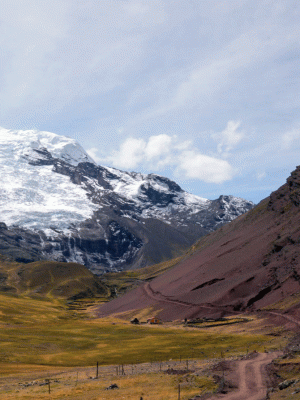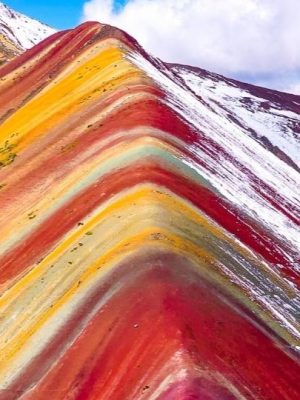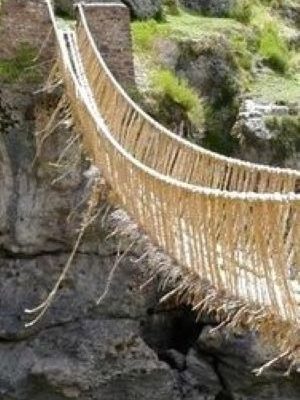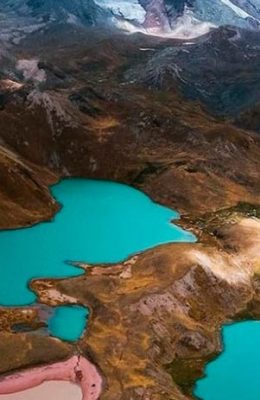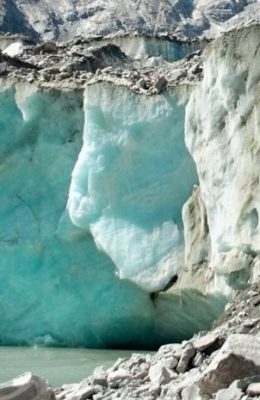INKA TRAIL
The classic 4-day route (the most popular option) begins at Km 82 on the train line that runs from Cusco to Machu Picchu. From day one, the trail ascends through lush green valleys and dense cloud forests, revealing Incan ruins like Llaqtapata and Phuyupatamarca at every turn. The pinnacle of the trek is the ascent to the Dead Woman’s Pass (Warmiwañusqa), at 4,200 meters (13,780 feet) above sea level—a demanding but incredibly rewarding section that offers unforgettable panoramic views
Introduction
INKA TRAIL
The Inca Trail (or Camino Inca) isn’t just a hike; it’s a timeless pilgrimage that immerses you in the history and natural beauty of the Peruvian Andes. This world-renowned trail follows in the footsteps of the ancient Incas, connecting stunning archaeological ruins, breathtaking landscapes, and incredible biodiversity. The journey culminates at the most coveted treasure of all: the majestic citadel of Machu Picchu. It’s one of the most iconic hiking routes on the planet, offering travelers a unique blend of physical challenge, cultural awe, and spiritual connection.
Difficulty and Preparation
- Difficulty: Moderate to high due to altitude and uneven terrain
- Preparation: It is essential to acclimatize to the altitude before starting the trek.
- Equipment: Thermal clothing, trekking boots, hiking poles, sunscreen and camping gear
4 DAYS
Day 1: Cusco to Wayllabamba (The “Warm-up Day”)
The journey begins with a very early morning pickup from your hotel in Cusco or the Sacred Valley. A bus will take you to Km 82 (Piscacucho), the official starting point of the trail. After showing your permits and signing in, you’ll begin the trek.
Day’s description: This first day is relatively easy and designed to help you acclimatize and warm up your legs. The hike is mostly flat, following the Urubamba River through a green valley. Along the way, you’ll see your first Inca ruins, such as Llaqtapata, an impressive agricultural citadel.
Overnight: You will camp for the night in the village of Wayllabamba.
Distance: Approximately 12 km (7.5 miles).
Hiking time: 5 to 7 hours.
Day 2: Wayllabamba to Pacaymayo (The “Challenge Day”)
This is, without a doubt, the most difficult day of the Inca Trail. It’s often called “the day of the passes” because you’ll ascend and descend the highest point of the trek.
Day’s description: The hike begins with a demanding ascent to the Dead Woman’s Pass (Warmiwañusqa), which sits at 4,215 meters (13,828 feet) above sea level. The climb is steep and steady, but the panoramic views from the top are unforgettable. Afterward, you’ll descend into the Pacaymayo Valley, where you will set up camp.
Overnight: Camp at Pacaymayo.
Distance: Approximately 11 km (6.8 miles).
Hiking time: 7 to 8 hours.
Day 3: Pacaymayo to Wiñay Wayna (The “Ruins Day”)
This day is considered by many to be the most beautiful and rewarding. The route is a roller coaster of ups and downs, and you’ll pass by the most archaeological sites.
Day’s description: The day begins with another ascent to the second pass, the Abra de Runkurakay. From there, the trail is a mix of gentle climbs and descents that takes you through a dense cloud forest filled with orchids and exotic flora. You’ll visit fascinating ruins like Sayacmarca and the stunning citadel of Phuyupatamarca (Town Above the Clouds), known for its incredible views. The day ends at the Wiñay Wayna campsite, right next to one of the most beautiful ruins on the trail.
Overnight: Camp at Wiñay Wayna.
Distance: Approximately 16 km (10 miles).
Hiking time: 8 to 9 hours.
Day 4: Wiñay Wayna to Machu Picchu (The “Reward Day”)
The final day is short but full of excitement.
Day’s description: You will wake up very early, even before sunrise, to make the final hike to the Sun Gate (Intipunku). Arriving at this point just as the sun rises over the mountains and reveals the citadel of Machu Picchu is a magical moment and the climax of the trek. After taking photos, you’ll descend into Machu Picchu for a guided tour.
End of the trip: After the tour and some free time to explore, you will take a bus down to Aguas Calientes (the town of Machu Picchu) and then a train back to Ollantaytambo or Cusco.
Distance: Approximately 5 km (3 miles).
Hiking time: 2 to 3 hours to Machu Picchu.
INCLUDES + ROUTE DETAILS
Transportation
Pickup from your hotel in Cusco.
Transportation to the trek start.
Meals
Breakfast, lunch, and dinner during the trek.
Snacks (tea, hot water, cookies).
Cook and assistants during the trek.
Safety
First aid kit.
Emergency oxygen.
Not included:
Admission (15-20 soles)
Tips
Before the Hike
Acclimatize: Arrive in Cusco at least 2–3 days early to acclimatize to the altitude.
Pre-training: Hiking, running, or light cardio to build endurance.
Sleep well: Avoid staying up late or drinking alcohol the day before.
Equipment and Clothing
Small backpack (30–40 L): To carry water, snacks, a camera, a coat, and daily essentials.
Large backpack (60–70 L): If you don’t hire additional porters (mules usually carry some of the weight).
Layered clothing:
Quick-drying t-shirts.
Fleece jackets or a mid-layered coat.
Waterproof and windproof jacket.
Thermal clothing for the evenings (it gets very cold in Soraypampa).
Trekking footwear: Sturdy, comfortable, and waterproof boots.
Sandals/light sneakers: For resting at camp.
Hat, sunscreen, and sunglasses (strong sun at high altitudes).
Gloves, hat, and scarf (it can get cold in the early morning).
Headlamp with extra batteries.
Sleeping bag with a temperature of -10°C (if not, rent one).
Food and Hydration
Bring a reusable bottle or camelback (minimum 1.5–2 L).
Water purification tablets or a personal filter.
Energy snacks: nuts, chocolate, cereal bars.
Avoid alcohol and heavy meals during the trip.
Health and Safety Tips
Walk at your own pace, without rushing (especially on the climb to Salkantay Pass, 4,650 m).
Use coca leaves or sorojchi pills if you experience symptoms of altitude sickness.
Protect yourself from the cold at night and from the sun during the day (sudden changes in weather).
Bring a personal first-aid kit: pain relievers, band-aids, and your own medications.
Always follow the guide’s instructions.
Extras to Consider
Cash in soles (for swims, extra snacks, tips, and the Cocalmayo hot springs).
Swimsuit and a light towel if you plan to go to the hot springs.
Camera with extra battery (there’s not always electricity to charge).

